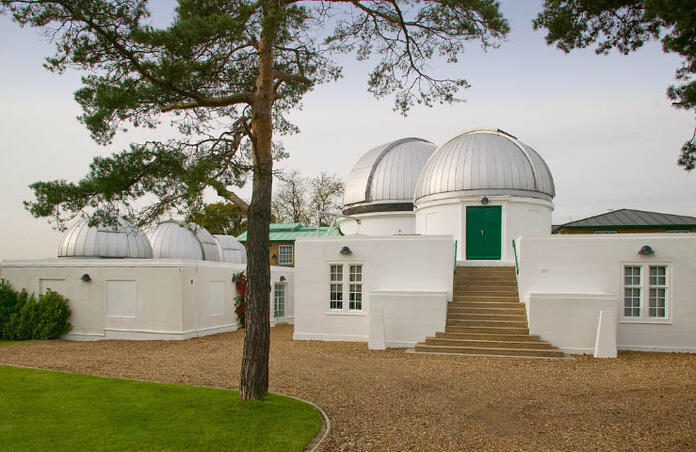Using Telescope Live Remote Telescopes for Teaching Astronomy at University Level

At the UCL Observatory at Mill Hill (London) we have a number of telescopes (20 to 80cm) that we use for teaching purposes and with which we conduct research in a number of fields. As Director of the UCLO I coordinate the teaching activities for our Astronomy students and I love the opportunity to collaborate with Telescope Live as it opens the amazing possibility of accessing the Southern Hemisphere for our students and provide multiple different timezones under one single provider.
Our students use Telescope Live for a number of projects, from photometry of exoplanet transits to cataclysmic variables, searches of supernovae and over transients as well as Near Earth asteroid search and monitoring. The key thing that students face is calculating (given the available information on the telescope capabilities) the expected amount of time and number of images required to observe given objects. The Telescope Live platform is great as it provides confirmation of visibility of targets and allows students to plan and position their timed observation precisely.
Once the data is downloaded from the platform, students either use existing code we have at the Observatory or create their own to extract photometry and light curves as well as perform differential comparisons to detect transients and moving objects. In Year 1 we teach basic image processing including steps such as dark-subtraction and flat field corrections. Acquiring images from Telescope Live, these steps are then automated by a simple data pipeline, which is great as it allows students to focus on the science. Resulting data from image analysis is then included in a variety of student projects and in a few cases can lead to the submission of research papers.
Telescope Live has become an essential part of our teaching as we include its usage in a number of taught modules. In addition, research student projects apply for observing time in a fashion similar to professional astronomers, providing experience in proposal writing. Our principal use will include (but not limited to) monitoring of exoplanet transit timing, asteroid observations and optical follow-up of gravitational wave events.
We also look forward to working with Telescope Live to help develop their future observing capabilities including rapid imaging and spectroscopy as well as structured pipelines for data analysis and storage by testing new equipment and pipelines on our telescopes.
